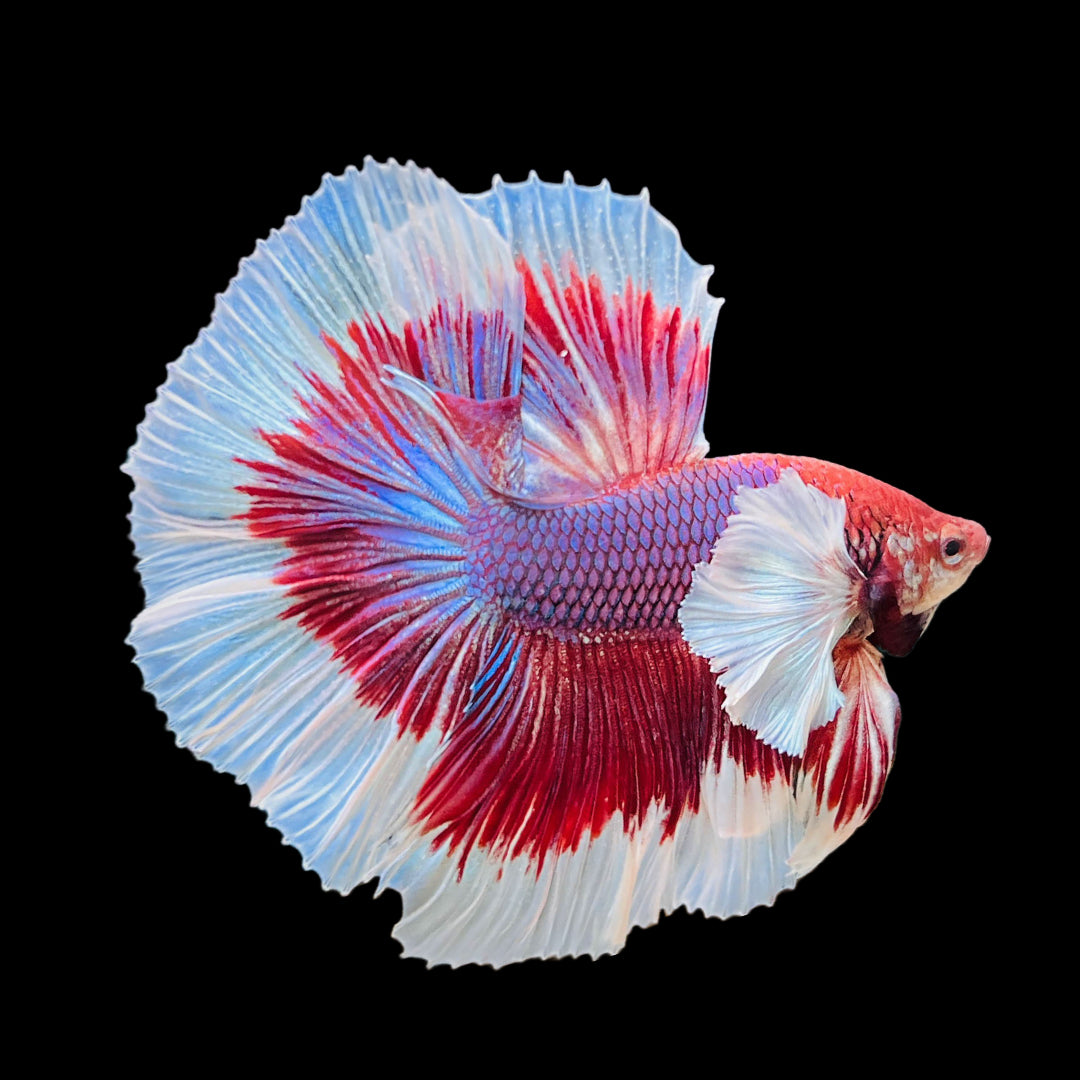How to Reproduce Betta Fish Successfully: Specialist Methods and Insights for Hobbyists Looking to Increase Their Betta Collection
Reproducing Betta fish requires a nuanced understanding of genetics and ecological problems, making it necessary for enthusiasts to approach the process with both diligence and treatment. Developing an optimum breeding environment, choosing the ideal sets, and observing the complexities of their courtship habits are fundamental steps that can considerably affect the result.
Recognizing Betta Fish Genes
Comprehending the genetics of Betta fish is important for successful breeding, as it affects attributes such as shade, fin form, and habits. Betta fish display a diverse range of colors and patterns, largely identified by their hereditary make-up.
In enhancement to pigmentation, fin morphology is one more significant aspect of Betta genetics (betta fish). The shape and size of fins are affected by numerous genes, including those that determine whether the fins are short, long, or veil-shaped. Understanding these hereditary variants assists breeders predict the phenotypic outcomes of their spawn
In addition, behavior qualities such as aggression and territoriality can likewise be influenced by genetics. These habits play an important function in the breeding process, as they can impact spawning success and the overall personality of the resulting fry. By adequately understanding these hereditary principles, breeders can make enlightened decisions, inevitably boosting their breeding programs and attaining preferable results.
Preparing the Breeding Environment
Creating an optimal breeding setting is important for the successful reproduction of Betta fish. The first action in preparing this setting is to select a suitable reproduction tank, ideally varying from 5 to 10 gallons.
Following, take into consideration the use of a sponge filter or an air stone to supply mild water circulation without creating strong currents that can worry the fish. It is crucial to install plants or breeding cones to provide hiding areas and advertise convenience for the woman throughout the spawning procedure. Drifting plants, such as Java moss or water sprite, can additionally create a more native environment while assisting in bubble nest structure by the man.
Before introducing the breeding pairs, make sure the water is conditioned and devoid of harmful chemicals, such as chlorine or heavy metals. betta fish. Normal water changes should be conducted to keep optimum water top quality, boosting the opportunities of effective reproduction. With these preparations in location, the breeding atmosphere will sustain the wellness and health of both Betta fish
Picking Reproduction Pairs
Choosing the best breeding sets is important for achieving effective Betta fish reproduction. Healthy and balanced Betta fish display dynamic colors, clear eyes, and energetic actions.
Temperament is an additional crucial consideration, as Betta fish are known for their hostile nature. It is a good idea to choose a male and lady that display compatible characters to minimize stress and anxiety throughout the breeding procedure. A calm man can motivate a smoother courtship, while a lady that is also aggressive might disrupt the procedure.
Hereditary background additionally plays a substantial duty in the top quality of the spawn. Breeding fish that are genetically varied can decrease the threat of genetic health and wellness issues and improve the total vigor of the fry. It is beneficial to research the family tree of both the man and lady, concentrating on preferable characteristics such as fin type, color scheme, and size.
The Reproduction Process
The breeding process of Betta fish needs mindful planning and attention to detail to make certain a successful outcome. It is vital to prepare a suitable breeding storage tank, preferably a 5-10 gallon fish tank with a temperature level maintained at 78-80 ° F. The tank ought to be furnished with a heating system, filter (ideally sponge kind to stay clear of solid currents), and lots of marine plants for the lady to conceal.
As soon as the environment is set, introduce the selected breeding pair to the tank, permitting them to adjust. Observe their habits; the male will display fancy courtship rituals, including flaring his fins and building a bubble nest. If the lady reveals passion, she will certainly show vertical stripes indicating readiness for spawning.
When the female is responsive, both will certainly participate Your Domain Name in a mating embrace, throughout which the male feeds the eggs. It is vital to check their interactions closely, as the man might end up being aggressive. After spawning, get rid of the woman to stop prospective harm. The male read what he said will certainly have a tendency to the eggs, which usually hatch within 24-36 hours. Maintaining optimum water problems during this period is necessary for the advancement of healthy Betta fry.
Caring for Betta Fry

Feeding Betta fry is crucial, as they require a diet plan high in healthy protein. Originally, they can be fed infusoria or liquid fry food, transitioning to finely crushed top notch pellets as they expand. Feed little parts several times a day to urge healthy and balanced development without overloading the tank with uneaten food.

As they mature, check their growth very closely and separate any kind of aggressive people to avoid injury. By offering a supporting why not try this out atmosphere and correct nutrition, enthusiasts can effectively elevate Betta fry into vivid, healthy fish, eventually enhancing their reproduction undertakings.
Final Thought
Effective Betta fish breeding needs meticulous interest to hereditary choice, ecological conditions, and look after the fry. By recognizing the genetics of Betta fish and preparing a proper reproduction atmosphere, enthusiasts can enhance the possibilities of generating dynamic, healthy and balanced offspring. Choosing suitable breeding pairs and very closely keeping track of the courtship and generating procedures are important. Ultimately, giving optimal take care of the fry guarantees their healthy advancement, adding to a successful Betta collection.